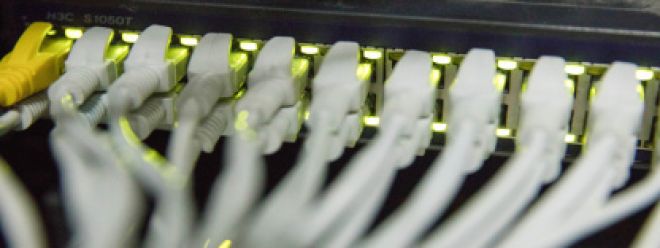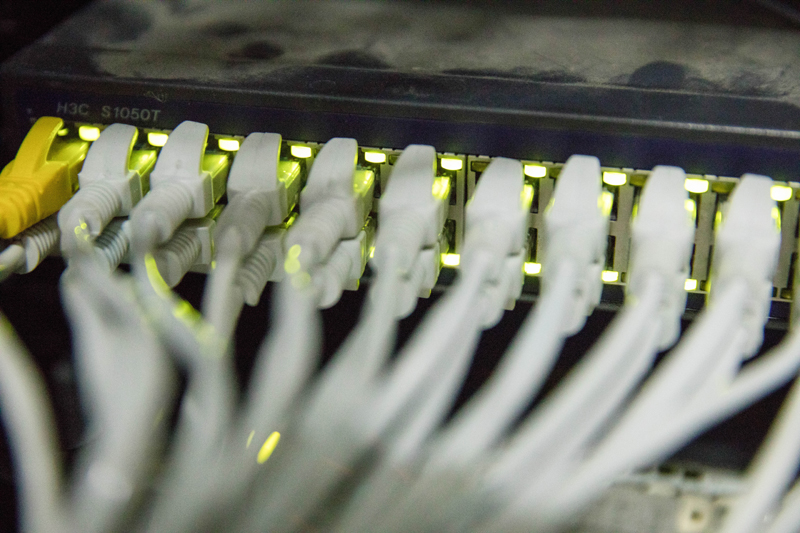The Future of Telecommunications: Advances in Fiber Optic Testing

The Future of Telecommunications: Advances in Fiber Optic Testing

Thanks to advances in fiber optic testing, the future of telecommunications is here and brighter than ever. The development of this technology will revolutionize entire industries, heralding a new era of data transfer speed, efficiency and reliability. As we delved deeper into the subject, it became clear that the future of telecommunications was not just about faster internet or clearer phone calls, but aimed at creating a world where seamless, instant communication was the norm.
Optical fiber, a technology that uses thin glass or plastic wires to transmit data in pulses of light, has changed the game in telecommunications. It enables the provision of services such as high-speed Internet and high-definition television. However, the full potential of fiber optics has yet to be realized, and this is where advances in fiber optic testing come into play.
The development of more sophisticated test tools and techniques is critical to pushing the limits of what fiber can achieve. These advancements are primarily aimed at ensuring the integrity of the fiber optic cable and the quality of the data being transmitted. These tests can significantly improve the performance of fiber optic networks by detecting and correcting any faults or inefficiencies in the system.
One of the most important advances in this field was the introduction of the Optical Time Domain Reflectometer (OTDR). These devices send pulses of light down fiber optic cables and measure the reflected light to identify any faults or losses in the system. The technology makes it possible to detect problems in real time, enabling immediate correction and preventing potential service disruptions.
Another groundbreaking development is the use of drones for aerial fiber testing. This innovative method inspects large and hard-to-reach areas in a fraction of the time of traditional methods. Drones equipped with advanced sensors can quickly identify any physical damage to cables, such as cuts or bends that could affect the quality of data transmission.
Beyond that, the advent of machine learning and artificial intelligence has opened up new possibilities for fiber optic testing. These technologies can analyze large amounts of data from testing and predict potential problems before they occur. This predictive maintenance saves time and resources and ensures smooth operation of fiber optic networks.
Advances in fiber testing aren't just about improving the technology, they're working on making it more accessible. With the development of portable and user-friendly test equipment, even non-technical personnel can perform basic tests. In a world where fiber optics are increasingly pervasive, the democratization of this technology is critical.
In conclusion, the future of telecommunications is intrinsically linked to advances in fiber optic testing. These developments paved the way for faster, more reliable, and more efficient communication systems. As we continue to push the limits of fiber optics, it is clear that the telecommunications industry is on the cusp of a new era. Advances in fiber optic testing are not only shaping the future of telecommunications, they are shaping the future of how we connect with each other and the world around us.